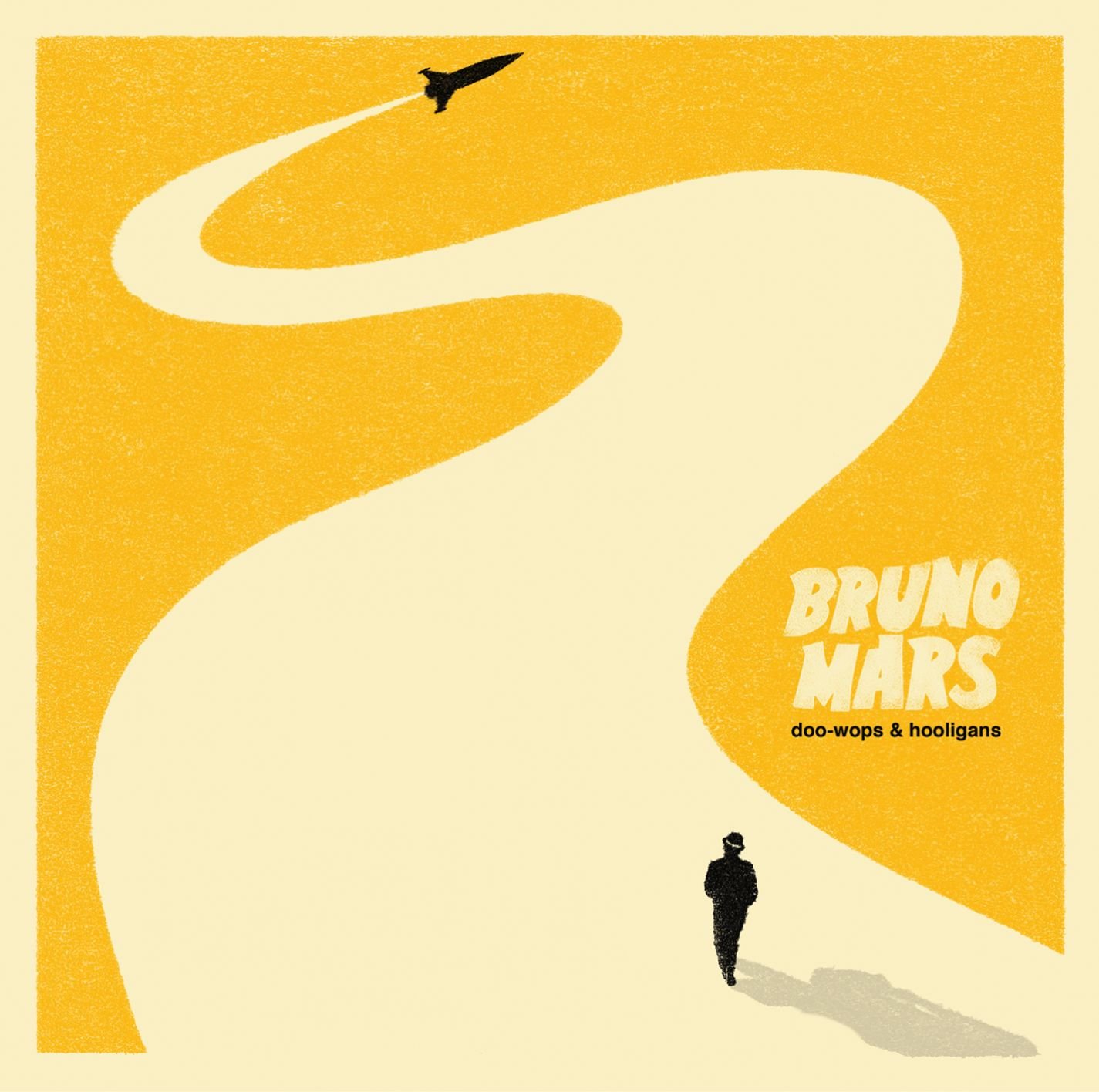
INXS had an amazing period of growth in the 1980’s. In the first couple of years of the decade, the Australian band were a hard touring post punk/new wave outfit. By 1984’s The Swing, the sound of songs such as the hit “Original Sin” got the heavy funk treatment from the production of Nile Rodgers. From that point on, INXS would be a funk/rock powerhouse. Their songs punctuated by an equal combination of big guitars, grooving horns and bass lines and the versatile, soulful voice of its late lead singer Michael Hutchence. This all came to a head 30 years ago today with the release of Kick.
Kick was part of a massive revival of funk/soul sounds in pop music. Whereas more straight ahead guitar rock had been the dominating force during the earlier part of the decade. In fact, the first time I heard of INXS was the video for the song “Need You Tonight”, whose visuals abstract on the cover art for the album itself. Their grooving sound and extroverted visual presence made this quite an experience for me. Now I’ve heard the entire Kick album for the first time all the way through. And am going to share with you my observations of it-largely from a funk and soul based perspective.
“Guns In The Sky” starts off the album with pounding, spare drums and brittle lead rock guitar of the Farriss brothers Jon, Andrew and Tim. This is matched with lyrics that lashes out against people’s obsessions with fire arms. “New Sensation” is a rhythm guitar fueled fusion of funk and rock-especially its horn fueled chorus. As my boyfriend Scott originally pointed out, there is a banjo (or a very banjo like guitar sound) playing just under the rhythm guitar lick. “Devil Inside” starts out with a round percussion based sound-with mild rhythm guitar and bass accents of Garry Gary Beers
“Devil Inside” also gradually mutates heavier guitars kick in for a slinky rocker-the hardest edged rock piece on the album. And also the longest song on the album. “Need You Tonight” is built around stripped down “naked funk” as well as call and response vocals of course. That segues without a break into the hip-hop style drum based number-with jazzy phrased synth pads in the back round while Hutchence’s vocal arrangement is structurally similar to Bob Dylan’s “Subterranean Homesick Blues”. On this song however, the lyrics focus squarely on the racially unjust South African apartheid system.
“Tiny Daggers” is a very Stonsey slower 12 bar blues number, with a rocky twist. Also a soul-pop melody on the chorus. In terms of totally melding a rock soloing attitude with a funk rhythm section, “Wild Life” and “Calling On Nations” pull off the fusion without a hitch- in a similar manner to “New Sensation” from earlier in the album. The shuffling “Mystify” and the title track both have mid 60’s “rock ‘n soul” flavors to them-with the sax of Kirk Pengilly’s honking solos. “Never Tear Us Apart”, the albums lone ballad, is an update of the 6/8 time 60’s soul ballad-featuring string and another Pengilly sax solo.
“Tiny Daggers” has the driving drums,melodic piano and jangling rhythm guitar of a Springsteen style heartland area rocker. Its resemblance to another hit from this era, Prince’s “I Could Never Take The Place Of Your Man” brings out an idea I have about the album. With its dead center funk/rock fusion, which Andrew Farriss declared was always part of INXS’ sound, Kick’s dead center funk/rock fusion sound-along with its lyrical themes combining hedonism and social awareness, is something of an integrated band equivalent to what Prince was doing with his Sign O The Times album in 1987.
Kick is an album that, having heard it all the way through, is a bit of a time capsule of that re-focusing of pop/rock music towards funk and soul was going by 87. Some of the songs are more stronger funk based, others are more straight rockers, and others totally combine them together. It also went right along with the momentum INXS themselves were on with funk/soul based pop hits like “What You Need” and the aforementioned “Original Sin”. INXS’s own stylistic trajectory matching up with the times goes with has made Kick so enduring and iconic for late 80’s funk and pop/rock.

